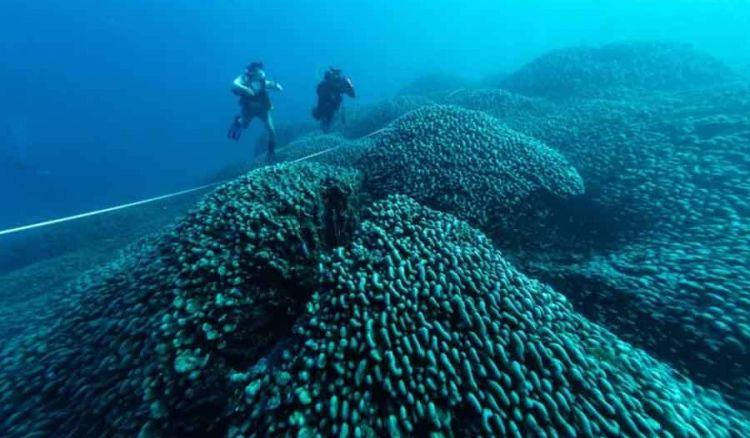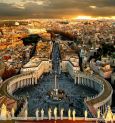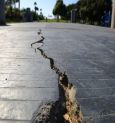Oceanographers have discovered a massive 300-year-old coral structure in the Pacific Ocean, beneath the Solomon Islands.
The coral measures 34 meters (111 feet) in width and 32 meters (104 feet) in length. It is composed of nearly a billion tiny coral polyps, and scientists believe this massive coral could house almost a billion of these organisms.
Marine researchers discovered this coral during a National Geographic expedition. Initially, they mistook it for the wreckage of an abandoned ship. However, upon closer inspection, they realized it was a gigantic living coral. Scientists believe this is the largest coral in the world. It is located in the Solomon Islands of the Pacific Ocean.
Climate change plays a significant role in the decline of such coral structures. Research indicates that 44% of corals are on the verge of extinction. However, this solitary coral has survived centuries of climatic changes. Its resilience is a testament to the adaptability of marine ecosystems.
Previously, the largest known coral in the world was "Big Momma". It is located in American Samoa. However, this newly discovered coral is three times larger than "Big Momma".
 বাংলায় পড়ুন
বাংলায় পড়ুন














